What can the Georgia offense be in the SEC Championship game?
We examined what Georgia’s offense might look like this season over the summer and then revisited the data after the Kentucky game. Well, we now have 12 games of data and know that the offense has to perform at a much higher and consistent level in order for the Bulldogs to pull the upset this weekend.
But what can the offense ultimately be and will it be enough to put up the points needed? Down their best receiver for the game and the next best for the first half, being efficient in the running game and creating explosive plays in the passing game are a must. Thus, let’s examine those issues looking specifically from a positive viewpoint at what Georgia’s offensive game plan could, and should, look like based on what they’ve already shown.
Running Game Diversity
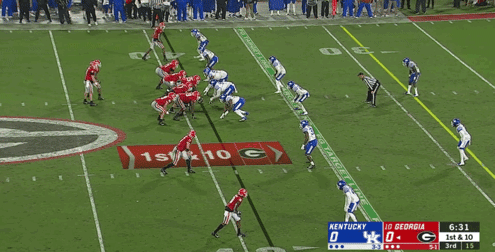

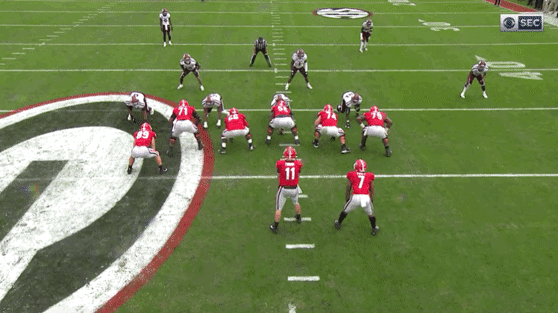
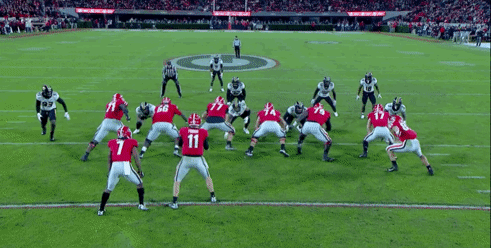
Dayne Young and I have pointed out the diversity offensive coordinator James Coley has brought to the running game in our weekly Film Don’t Lie series. However, what you see in the three clips are staples of the Georgia running game. Outside zone for a touchdown against Kentucky, inside big-on-big against Auburn and inside split zone against Texas A&M and Missouri. When you play against teams that consistently have a heavy box and bring the safeties closer to the line of scrimmage (Kentucky) or down at the snap (A&M play), your running backs have to make people miss and D’Andre Swift is as good as anyone in the country at doing so. While you don’t definitively see it in these clips, we have continually beat the drum of how amazing Andrew Thomas is and, when in doubt, run behind him.
Runs at or outside the left tackle (which is Thomas for 90% of their total plays): 103 attempts, 775 yards (7.5 per attempt), 11 touchdowns
Runs everywhere else: 311 attempts, 1,651 yards (5.3 per attempt), eight touchdowns
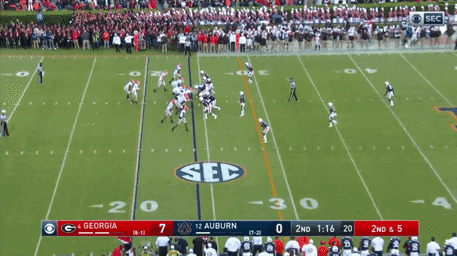
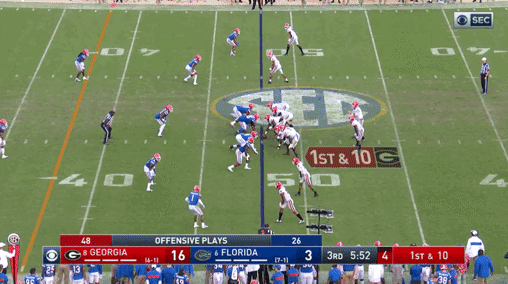
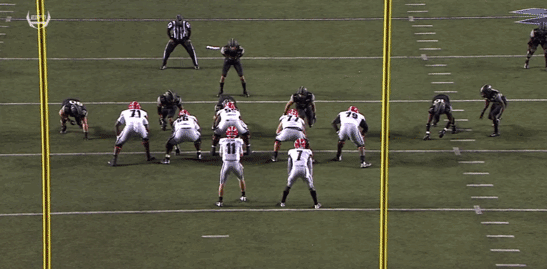
Next, you see the quick toss against Auburn that has been a staple since the Florida game, an outside zone against Florida out of 10 personnel (zero tight ends and four receivers) and then a bash (back away from zone blocking) play against Vanderbilt. The reason I highlight these are three fold. One, these are additions to the running game from the previous regime and, two, all three runs were out of a two x two formation (two receivers on each side of the offensive line). This is Georgia’s preferred, and most used, formation, accounting for 47 percent of their 843 plays. From this formation, the Bulldogs have averaged 6.0 yards per carry and only been pressured on 15.7 percent of passing plays (second-fewest in the FBS). The third reason to highlight this series is the LSU defense has faced the formation at the lowest rate in the entire FBS. They’ve allowed 5.1 yards per carry (76th in the FBS) and only gotten pressure on 24.8 percent of plays in this formation (119th in the FBS). Thus, if these numbers can be maintained, you will invariably see a lot of this formation and Jake Fromm should have time to make reads and find who wins the one-on-one battles.
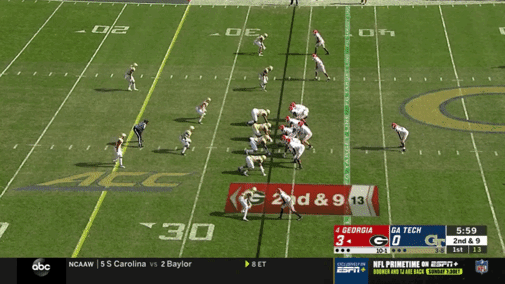
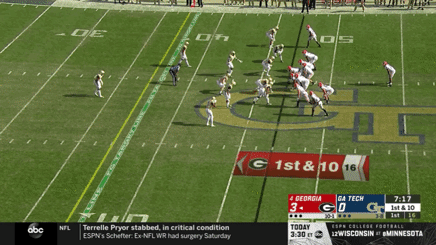
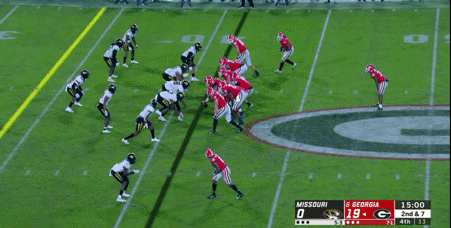
These three are grouped together because not only are they slights twists on basic concepts, but also something different to throw at LSU’s defense from a formation and backfield action perspective. Moreover, these are three plays that are perfect for play-action and having counters to the action that LSU has not seen.
Overall, the diversity in the running game is there. Now is the week to put it all together and have LSU’s defense on their heels because of the variety of formations and schemes. Being efficient whenever they do run the ball should hopefully allow Georgia to sustain drives, control the tempo of the game and, most importantly, keep Joe Burrow and the LSU offense off the field.
Passing Game Efficiency
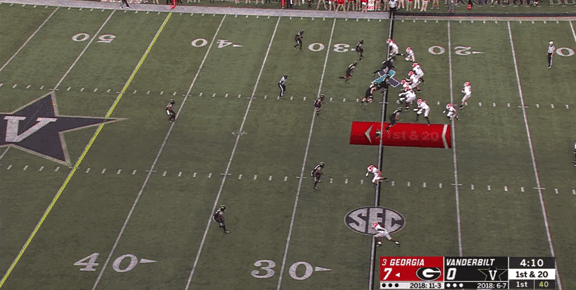
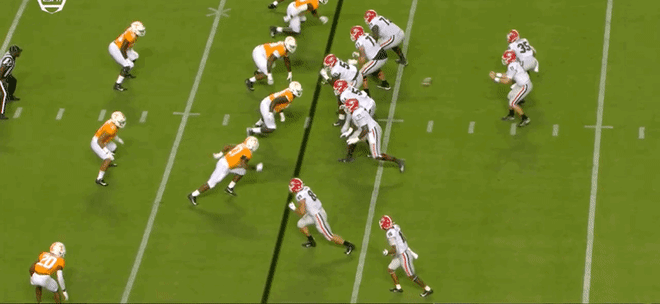

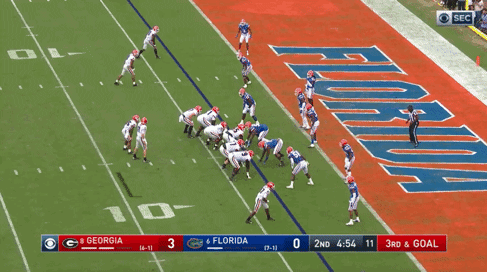
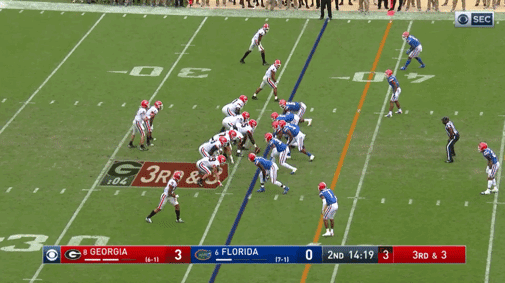

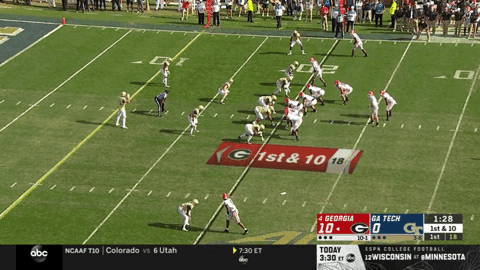
Jake Fromm has 10 touchdown passes over the past four games. However, we all know he’s completed less than 50 percent of his passes in each of those games as well. In addition to Tyler Simmons and the running backs, the players you see catching the passes above will be who Fromm has to target in the first half. Thus, using the slip screen or crossing screen to Demetris Robertson and quick option routes (in or out) to Dominick Blaylock or the tight ends can hopefully create first downs and, most importantly, confidence early for Fromm.
Further, while not seen in the clips, the running back trio of Swift, Brian Herrien and James Cook are vital to the offense’s success in the passing game this week. This is also an area where Georgia has an advantage when examining the data:
- LSU covering running backs: 67.0 grade, 38 receptions on 45 targets, 364 yard (9.6 yards per catch), twelve first downs, two touchdowns and a 115.2 passer rating.
Shot Plays
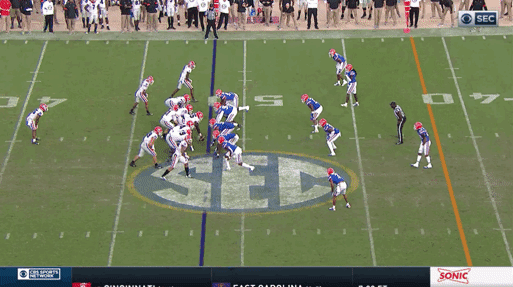


If you’ve read anything I’ve written this season, you hopefully see what is glaringly obvious about the above three plays. Play-action. Georgia will have to take chances and try to create explosive plays on early downs, especially in plus territory. Over the last two games, the Bulldogs have used play-action on 34 percent of their passing plays (44th-most in the FBS in the two weeks). This is a stark contrast from the percentages in the low 20s we saw prior to this game. Also, LSU is prone to allowing explosive plays in the passing game, as they are 89th in the FBS in percentage of explosive pass plays allowed. If Fromm plays the way he can from an accuracy standpoint, increasing the use of play-action will only help this offense Saturday, especially for the three to four shot plays they’ll inevitably take during the game.
James Cook
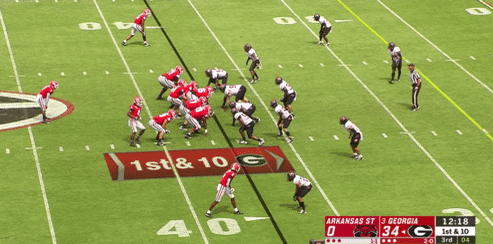
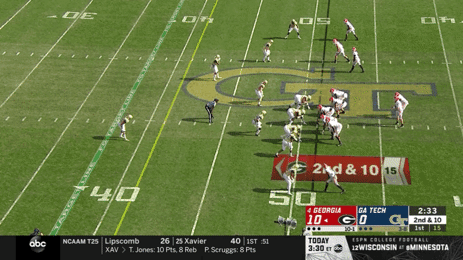
James Cook gets his own special section. Given the receiver issues and D’Andre Swift possibly not being himself, Cook becomes a true x-factor for the offense this weekend. Getting him the ball in space via any means necessary has meant good things for the Georgia offense. Hopefully some of those plays Tyler Simmons mentioned earlier in the week that we haven’t seen include Cook.
Jake Fromm
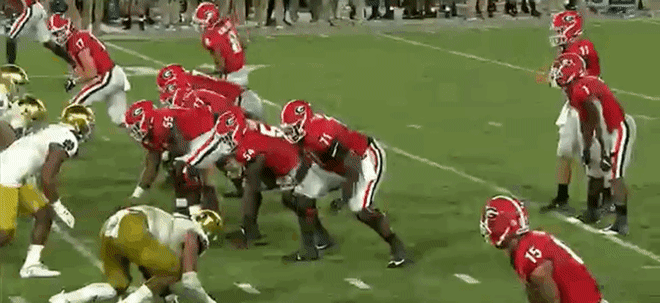
Joe Burrow has a firm grip on the Heisman Trophy and we all know for Georgia to ultimately beat LSU, Fromm has to be at his absolute best. While Burrow is playing in his first SEC Championship, Fromm is not, and we have the data on his first two performances.
- 2017 vs. Auburn: 86.6 grade; 15-21, 151 yards, two touchdowns, 123.3 passer rating
- 2018 vs. Alabama: 84.5 grade; 25-39, 301 yards, three touchdowns, 113.3 passer rating
The Fromm we’ve seen in Atlanta the past two seasons, especially in the first half against Alabama, is who needs to show up Saturday. Lastly, while the game will be ultimately be determined by his right arm, Fromm has to be ready to tuck and run for a first down or two when LSU blitzes. LSU will blitz too, especially on third down. In fact, given their strength in the secondary, LSU blitzes on third down 55.8 percent of the time, the sixth-highest rate in the FBS.
Outside of the outlier that is the South Carolina game, Georgia averages 66 plays per game offensively. All told, there are 23 clips of what this offense can be. Add in a jet sweep or two and four to five targets to the running backs in the passing game and there is your first half game plan. After that, get George Pickens back into the fold, see what’s working and, most importantly, keep attacking while also possessing the ball. The plays and players of a high efficiency offense are there. What the team and Bulldog nation now hope for is the highest level of execution and the offense and James Coley to find something that’s been missing for most of the season: rhythm.